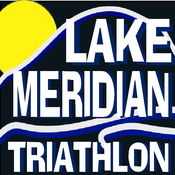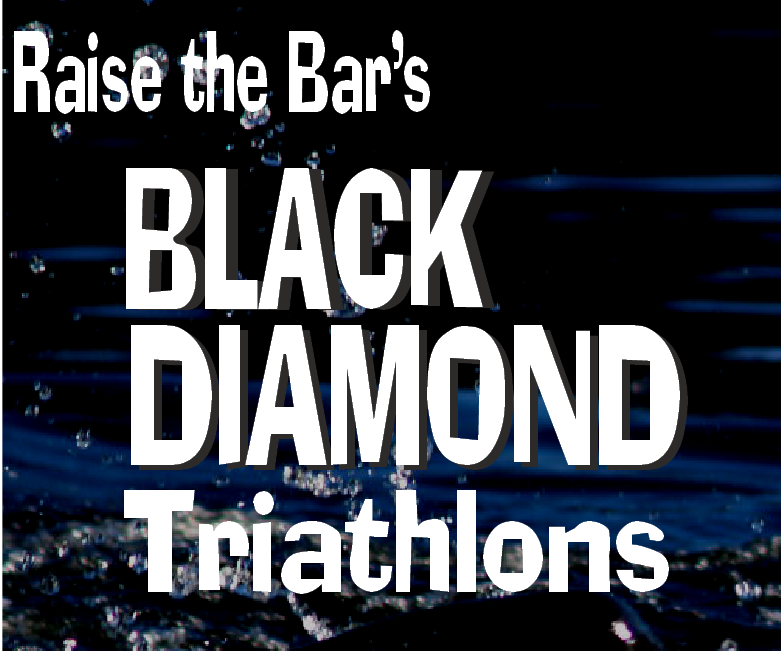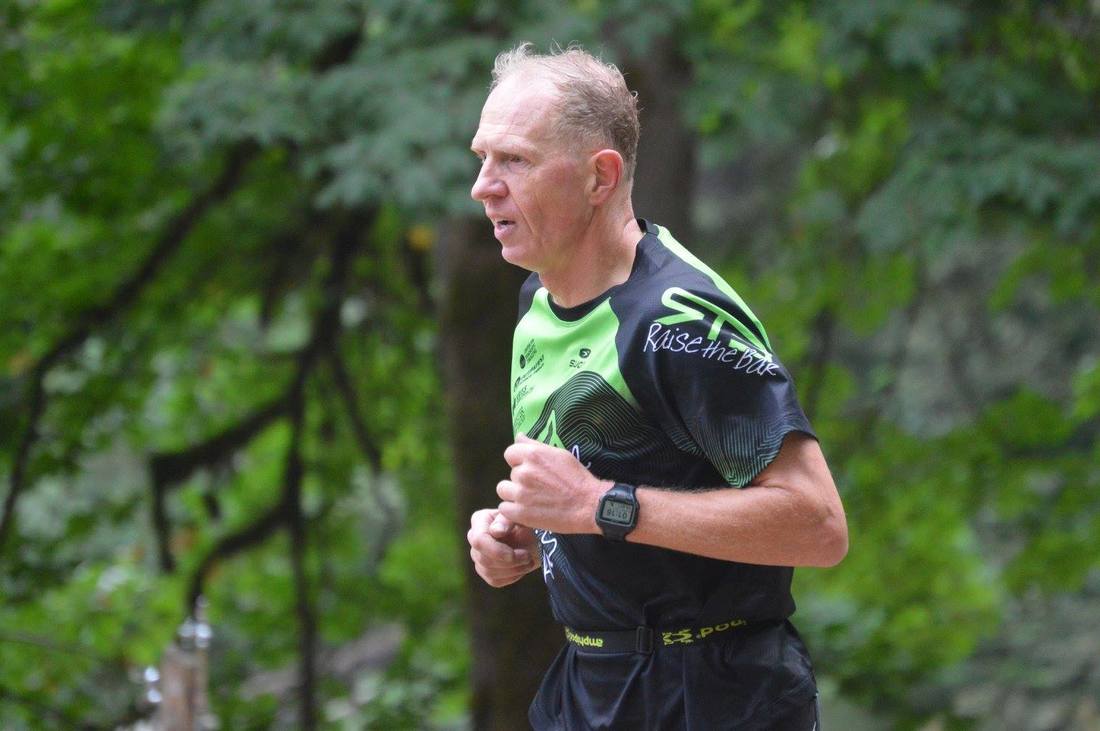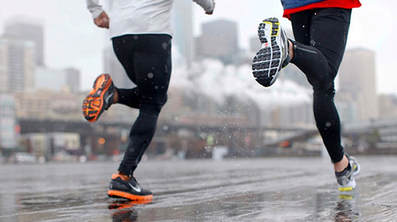 By Holly Pennington, PT, DPT/Outpatient Physical Therapy With each passing year, do you ever wonder if running is still a good idea for your body? When a knee hurts or an ankle is sore, triathletes are quick to blame – or overly protect – running. Among the active population, there is both a prevailing belief that running is bad for the aging body and a fear that health professionals will advise injured middle- and older-aged runners to give it up for good. Is running better for the young? Will the day come when a doctor tells you not to run again? To get to the truth about pounding the pavement throughout the second half of life, let’s explore a few widely accepted beliefs about running after age 40. Older runners are more susceptible to injuries. The one consistent finding in research about aging runners is that the benefits of running far outweigh the risks. This includes risk of injuries. While a few studies demonstrate a correlation between age and specific injuries such as hamstring tears and Achilles tendinopathies, most research points to little connection between older runners and injuries. The most consistent variable between running and injuries is overuse, and this can occur at any age. Moreover, improved cardiovascular health, stress levels, bone density, and body mass indexes (BMI) as well as reduced risk of diabetes, depression and obesity have all been associated with running. Bottom line: If there is a link between age and running injuries, it is weak and worthwhile, considering the numerous other positive effects that running has on overall health. The risk of developing osteoarthritis (e.g. the need for hip and knee replacements) is higher in runners. While it is true that most hip and knee replacement surgeries are due to osteoarthritis, a recent review of research on over 100,000 participants reported only a 3% higher incidence of osteoarthritis in elite runners than in the sedentary population. Elite runners were defined as those who run more than 57 miles per week. Interestingly, recreational runners had a much lower incidence of arthritis (3.5%) compared to the sedentary population (10.2%). According to the research, moderate running will not harm your hip and knee joints. In fact, it may help them! Aging muscles are too weak for running. Sarcopenia, the generalized loss of muscle mass that occurs naturally with aging, typically begins around age 40. During this process, the ratio of type I (endurance) muscle fibers to type II (strength) changes so that the percentage of type I fibers is higher than that of type II. This is why muscles get smaller and weaker with age. However, muscles are responsive to resistance training throughout the life span, and placing appropriate demands on them will increase strength and size of muscle. The importance of resistance training for runners increases with age, and muscles that are properly strengthened are not too weak for running. Older runners need more days off. Recovery of aging muscles after training is not well understood. Some research points to increased recovery times for older athletes while others conclude there are no age-related differences. Many running experts suggest decreasing the number of training days per week with age, and even advise against running on consecutive days. Because overtraining is the number one predictor of running injuries, older athletes need to pay close attention to stiff and tired joints and muscles. There is a difference between pushing your body to get to the next level and pushing through pain. To keep running for the long-term, listening to your body becomes increasingly important with age. If you are over 40, the truth about running is that you may be able to look forward to another 40 years of lacing up. You may need to change a few things, like your schedule or your mindset, but you no longer have to fear that you are on the road to body ruin if you don’t retire your running shoes.
3 Comments
Lance Hester
3/14/2018 03:00:20 pm
I really enjoyed this article. Thanks!
Reply
3/14/2018 08:55:04 pm
There is not a lot written out there on how us older runner’s need to biomechanically adapt? So I would love to hear your thoughts on how our reduced range of motion at the knee, hip and ankle can be improved, as well as how we can effectively offset our lower limb muscles declining capacity to generate force as well as how to offset our weakening musculotendon mechanical properties? Give me the answers to those 3 things and I’m out there chasing down the 25 year old age groupers! Well maybe not, there is always that great equalizer… VO2 Max.
Reply
Andriette Hall
3/15/2018 08:44:36 pm
Thanks for this! Gotta share this with my mom, who thinks I need to reconsider my exercise at my "advanced age".
Reply
Your comment will be posted after it is approved.
Leave a Reply. |
Raise the BarRace reports, upcoming events, news, and more, from RTB. Archives
September 2023
|
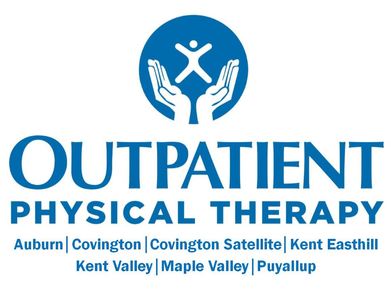
 RSS Feed
RSS Feed
